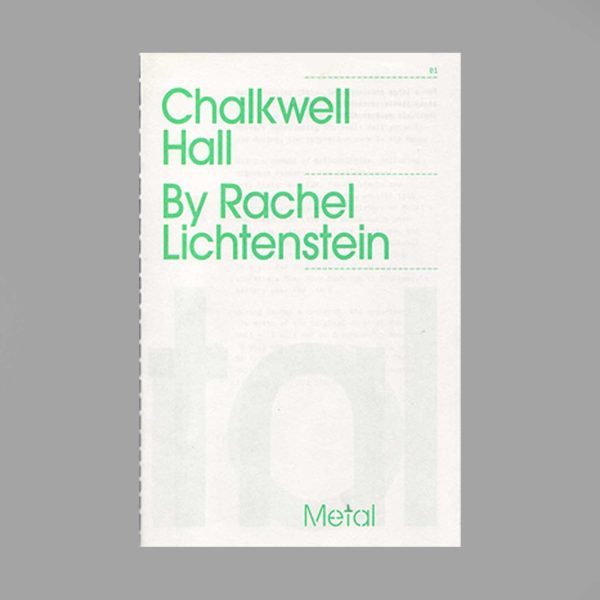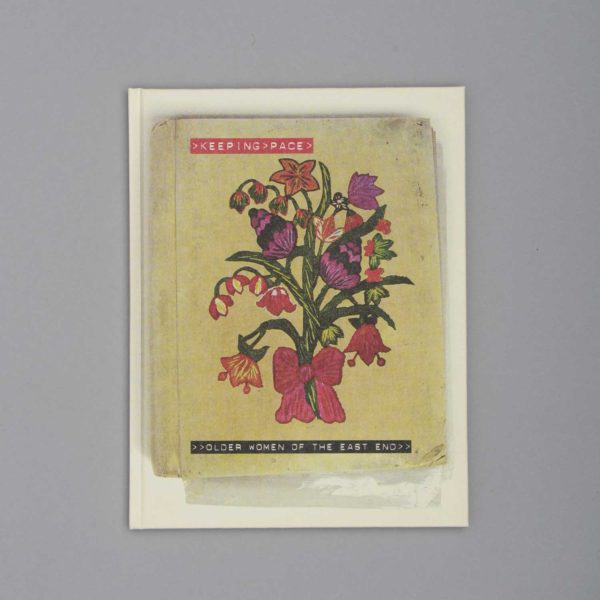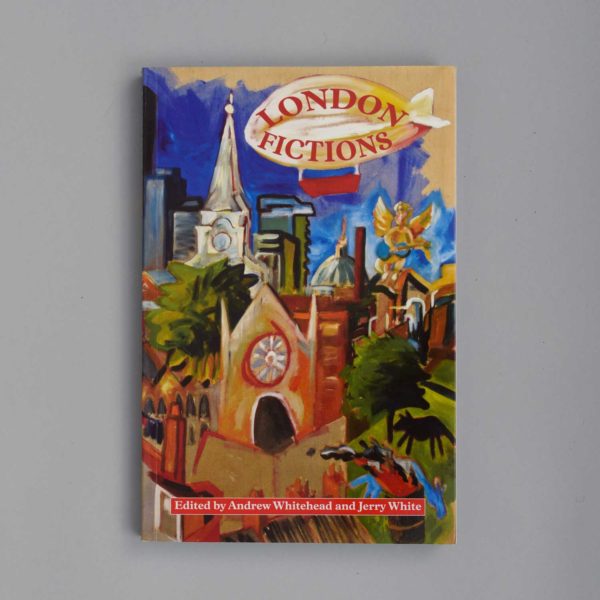 Rachel Lichtenstein
Rachel LichtensteinLondon Fictions
Read moreLondon Fictions is a book about London, real and imagined. Two dozen contemporary writers, from Cathi Unsworth to Courttia Newland, reflect on some of the novelists and the novels that have helped define the modern ity, from George Gissing to Zadie Smith, Hangover Square to Brick Lane.
0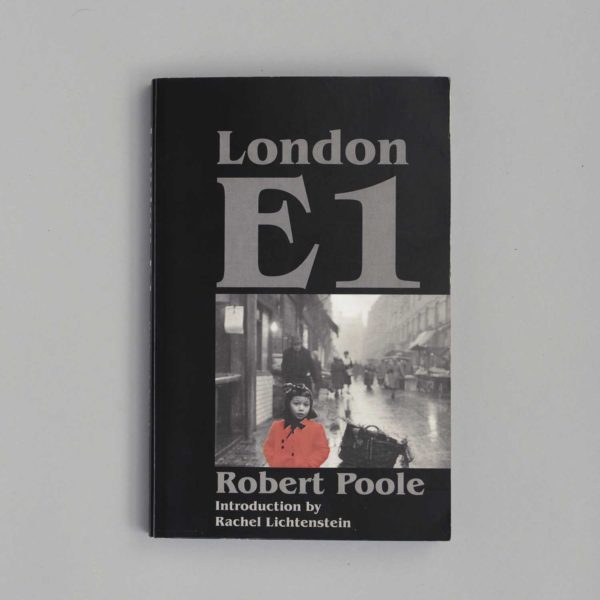 Rachel Lichtenstein
Rachel LichtensteinLondon E1
Read moreThis novel by Robert Poole (originally published in 1961) set in and around Brick Lane during and directly after the blitz, documents the war years, when the Jewish and white working class communities were still very present in the area and the first Asian migrants were beginning to settle there. The relationships and tensions between these different groups is told with an attention to detail that suggests true to life fiction.
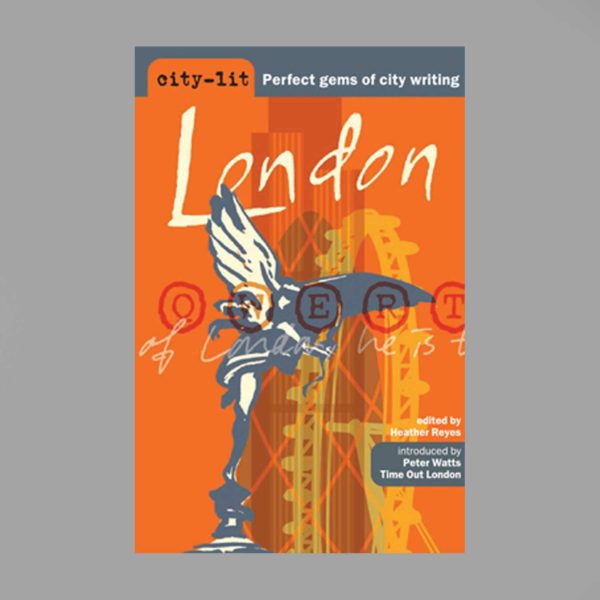 Rachel Lichtenstein
Rachel LichtensteinCity Lit London
Read moreLondon is the World’s most happening city and in City Lit London over sixty popular writers celebrate the ever-changing landscape of this amazing metropolis. Will Self gets inside the head of a London cabby … Jan Morris flies into Heathrow… Alan Bennett gives us a ride in the Queen’s carriage… Rachel Lichtenstein takes us for a walk down Brick Lane… Xiaolu Guo enjoys a greasy spoon in Hackney… Sam Selvon recalls the boat train arriving from Trinidad…. Dostoyevsky strolls down the Haymarket… Barbara Cartland takes us to a West End ball… and much, much more.
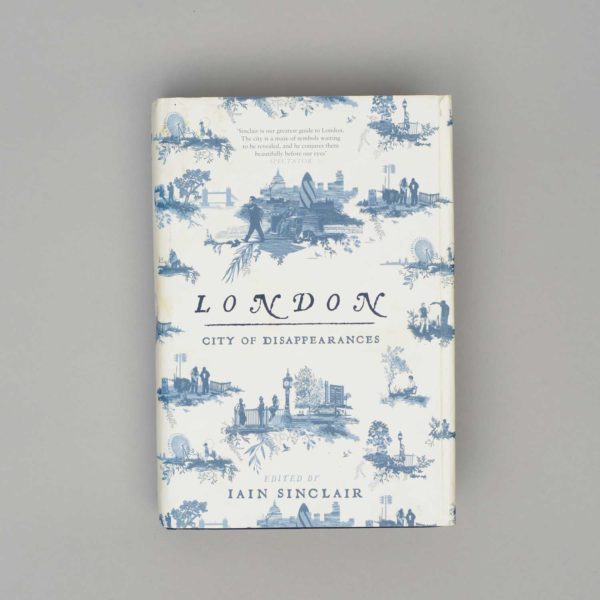 Rachel Lichtenstein
Rachel LichtensteinLondon: City of Disappearances
Read moreWelcome to the real, unauthorised London: the disappeared, the unapproved, the unvoiced, the mythical and the all-but forgotten. This anthology of London writing, edited by Iain Sinclair, with contributions by J. G. Ballard, Will Self, Marina Warner, Michael Moorcock, Rachel Lichtenstein and others, is the perfect companion to the city.
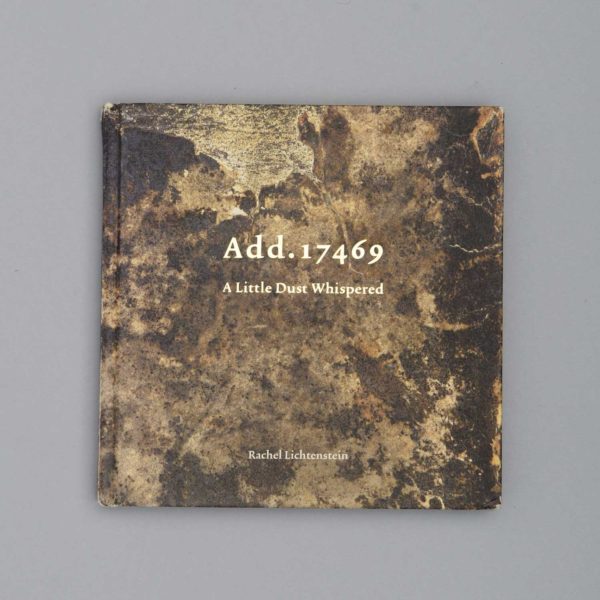 Rachel Lichtenstein
Rachel LichtensteinAdd. 17469: A Little Dust Whispered
Read moreRachel Lichtenstein was the British Library’s first Pearson Creative Research Fellow. Over a period of 18 months she worked on her own investigative arts project, based on a selection of original handwritten manuscripts from the library’s collection. Her work culminated in a photographic installation and a book entitled Add. 17469: A Little Dust Whispered.
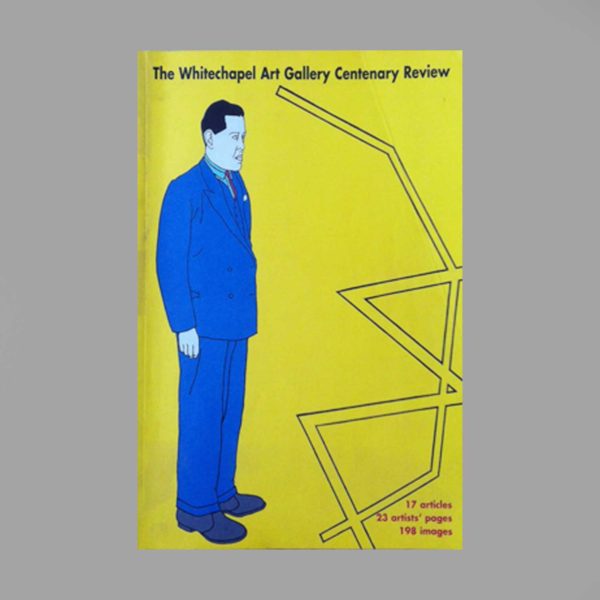 Rachel Lichtenstein
Rachel LichtensteinWhitechapel Gallery Centenary Review
Read moreIn 2001 the Whitechapel Gallery celebrated its centenary with an exhibition and accompanying centennial catalogue, with essays by Jonathan Jones, Jeremy Millar, Guy Brett, Mark Francis, Catherine Lampert, Jon Newman, Juliet Styen, Marco Livingstone, Felicity Lunn, Paul Bonaventura, Rachel Lichtenstein and Alan Dein, Janeen Haythornthwaite and Brandon Taylor.
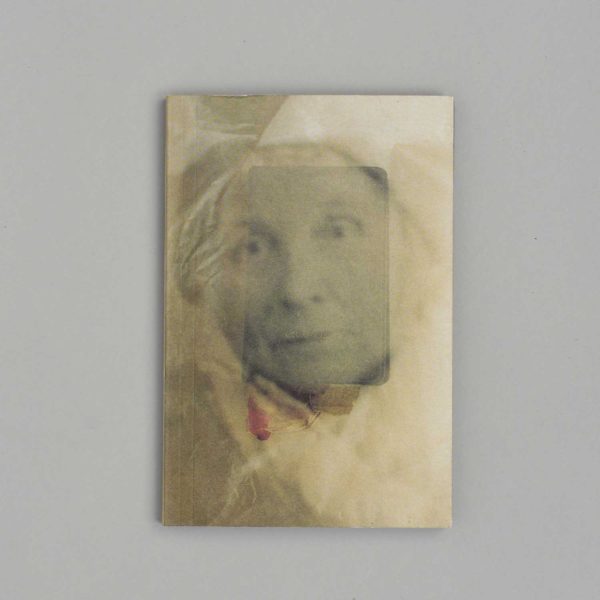 Rachel Lichtenstein
Rachel LichtensteinRodinsky’s Whitechapel
Read moreRodinsky’s Whitechapel (Artangel, 1999) was commissioned as part of the INNERcity series, which encouraged writers and artists to excavate a range of urban environments and to contemplate the changing nature of the city and the counterpoint between narrative and place, between language and location.
